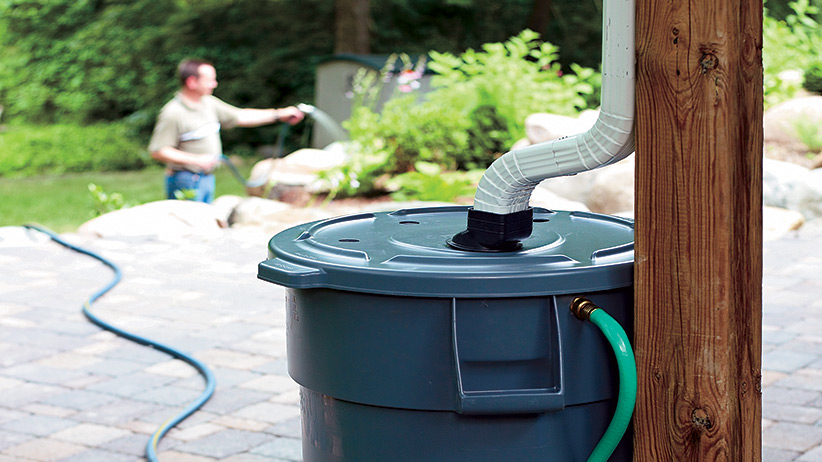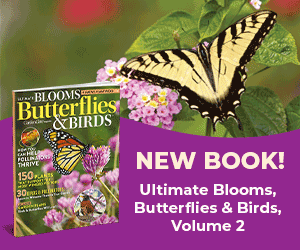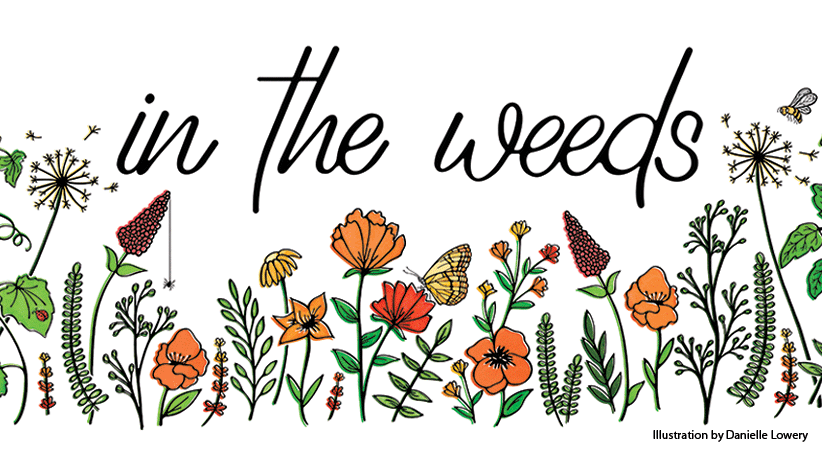
Permaculture basics
People, plants, animals, insects — we all belong to a giant web of life. Permaculture, or “permanent agriculture,” is an all-encompassing way of thinking about how to promote the natural interaction between all of these players. And it’s been practiced for thousands of years. But in the late 20th century, environmentalist David Holmgren distilled these concepts into 12 principles that you see represented here:
- Observe & Interact
- Catch & Store Energy
- Obtain a Yeild
- Apply Self-Regulation & Accept Feedback
- Use & Value Renewable Resources & Services
- Produce No Waste
- Integrate Rather Than Segregate
- Use Small & Slow Solutions
- Creatively Use & Respond to Change
- Use & Value Diversity
- Design From Patterns to Details
- Use Edges & Value the Marginal

Ethics of permaculture
These ideas center around three ethics: caring for the earth, caring for people and fair shares (meaning every living being gets a piece of the pie). You’re probably already practicing permaculture on some level in your own garden, but if you’d like to incorporate a few of these principles into your plantings or design, here are four easy ways to start!
4 Ways to practice permaculture in your garden

1. Collect water in a rain barrel
Make your own rain barrel using a 50- to 80-gallon plastic barrel or garbage can with a lid and a spigot or faucet at the base of the barrel to attach your hose. Place your rain barrel underneath a downspout to collect water from your roof and use it to water your flower beds and potted plants.
Do I need to sanitize water from my rain barrel?
Roofs and gutters will accumulate debris and other contaminants, such as bird droppings, throughout the year. This water isn’t a problem for flowers and shrubs, but you may want to sanitize the collected rain water before you use it on the vegetable garden.
Sanitizing rain barrel water
To do this, add 1 ounce of chlorine bleach per 55 gallons of water and wait 24 hours to allow it to dissipate before irrigating. Try to water only at soil level in the vegetable garden and avoid the foliage the best you can.
Related Articles:
DIY Rain Barrel Project
Drought-Tolerant Plant Combinations
Different Types of Garden Hoses
2. Plant for pest protection
Gardeners have noticed over the years that some plants really attract pests, and other plants seem to repel them. Plant “trap crops” to lure pests away from susceptible plants, and use “repellent crops” to encourage those insects to stay away from your garden. For the best results, plant trap and repellent crops 3 to 8 feet from susceptible plants. Place them around garden borders, intercropped in alternating rows or mixed randomly within beds. Here are a few to try:
Try these trap crops to attract specific pests
-
Nasturtium (Tropaeolum majus)
ATTRACTS: Aphids, cabbage moths, cucumber beetles, whiteflies, squash bugs -
Petunia (Petunia hybrids)
ATTRACTS: Aphids, asparagus beetles, tomato hornworms -
Sunflower (Helianthus annuus)
ATTRACTS: Ants, aphids, beetles
Repellent crops
-
Catmint (Nepeta spp. and hybrids)
REPELS: Aphids, cabbage loopers, Colorado potato beetles, flea beetles, Japanese beetles, squash bugs -
Garden mum (Chrysanthemum spp. and hybrids)
REPELS: Japanese beetles, nematodes, spider mites
3. Use a rotating compost bin
If you don’t have room in your yard for a large compost pile or you’re looking for an easy way to begin, invest in a rotating compost bin. You’ll need both green and brown material to make this amendment that both improves soil texture and feeds plants.
Add 3 or 4 parts brown material to 1 part green material to the compost bin, place it in a sunny location and turn it weekly. It may take a while to get results, but in the end, you’ll be putting debris you generate back into your garden to make it better.
Green materials for compost:
- Food scraps,
- Grass clippings
- Fresh leaves and stems
- Used coffee grounds
Brown materials for compost
- Paper
- Straw or hay
- Wood ash
- Newspaper
- Dry leaves
- Cardboard
Composting tip
If you notice the compost starting to smell bad, add more “brown material” to your bin.
You Might Also Like:
How to Build a Keyhole Garden Bed
Problem-Solving Garden Books
How to Get Rid of Garden Pests without Chemicals
Garden Compost Basics
4. Grow plants with secret superpowers
Permaculture gardeners look for plants that can do more than one thing. You may already be growing some of these plants with secret superpowers without realizing all the extra benefits they provide: Those pollinator magnets you love might also have edible leaves or petals; ground covers or low-growing ornamentals and edible plants can also help suppress weeds and hold in soil moisture; some even have medicinal properties. Here are a few of the many garden plants with multipurpose uses:
| Plant Botanical name |
Secret superpower | The benefit |
|---|---|---|
| Chamomile Matricaria chamomilla |
Living mulch | Roots take up potassium, phosphorus and calcium, which can be found in all plant parts. Chop up the plants and sprinkle them around the garden to use as a soil amendment. |
| Daylily Hemerocallis spp. and hybrids |
Edible plant | The flowers, flower buds, young stalks and roots are tasty and packed with nutrients. |
| False indigo Baptisia australis |
Soil nitrogen fixer | Free fertilizer! These plants take atmospheric nitrogen and turn it into soil nitrogen that benefits neighboring plants. |
| Ostrich fern Matteuccia struthiopteris |
Edible plant | Young fiddleheads (or shoots) can be blanched, sauteed and eaten. They are packed with nutrients and very tasty! |
| Strawberry Fragaria spp. |
Retains soil moisture; suppresses weeds | Strawberries’ low-growing, spreading habit makes a fantastic living mulch. |
| Yarrow Achillea millefolium |
Nutrient accumulator; edible; medicinal | When added to compost, the leaves release phosphorus and potassium as they break down. Leaves and flowers can be used dried as a spice or fresh in salads, soups or teas. Known as a “firstaid plant” for healing cuts and wounds. |
Growing Guides:
Daylily
How to Grow Strawberries
Different Types of Garden Ferns















